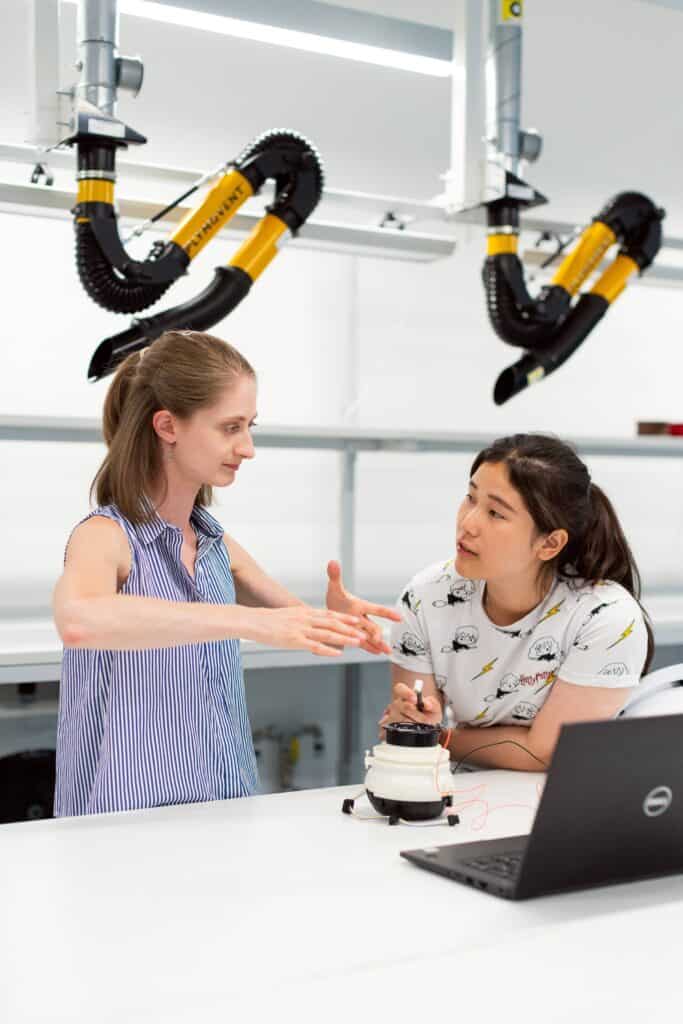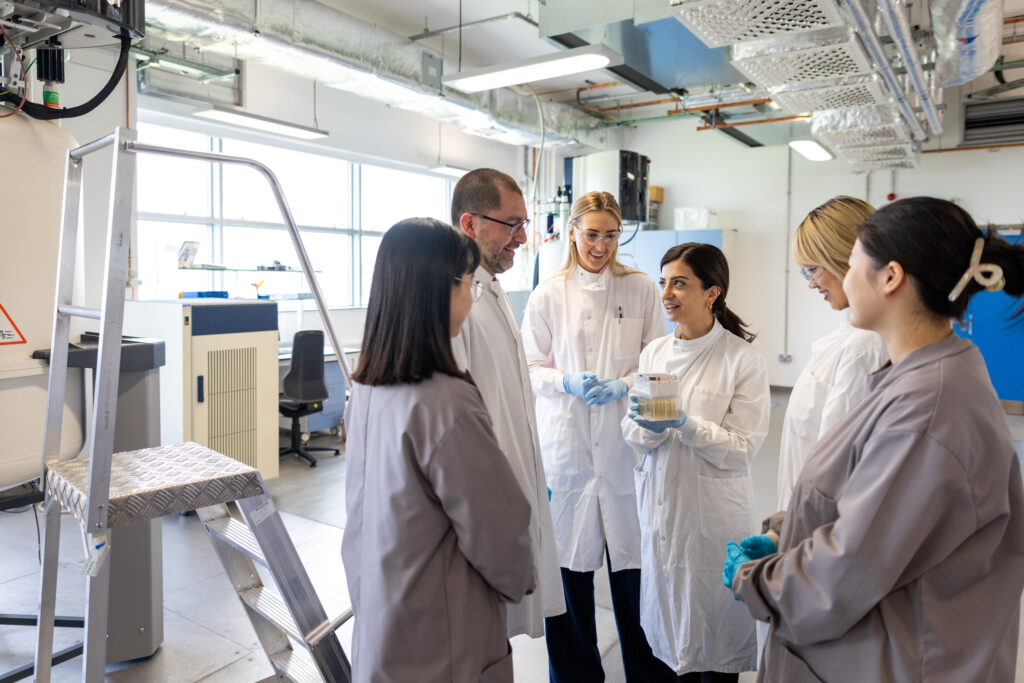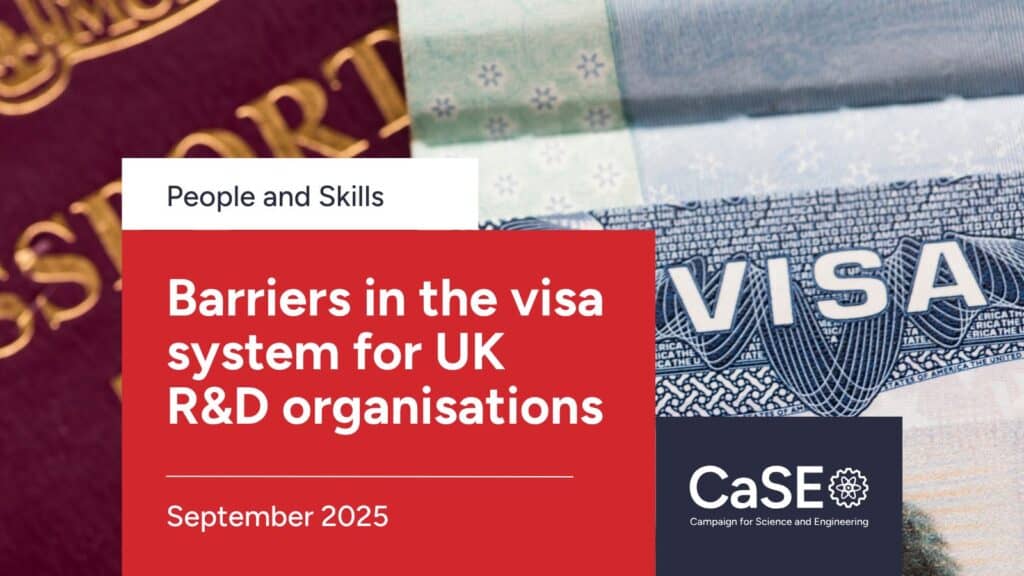This CaSE report shows that diversity in science, technology, engineering and mathematics (STEM) is much needed, but by all measures progress is too slow.
Improving Diversity in STEM
07 May 2014
The report brings together data and research from the last five years to build a picture of the current state of diversity in STEM, from education to the workforce. It is still the case that women, disabled people and those from ethnic-minorities or socially-disadvantaged groups are consistently underrepresented, particularly at senior levels, in science and engineering.
On the basis of equality alone, any barriers to individuals, or groups, entering and succeeding in science and engineering should be removed. But with an annual shortfall of 40,000 STEM skilled workers, there is an economic need to improve diversity in STEM. We simply cannot afford not to.
Diversity in STEM is currently high on the political agenda. In consultation with the STEM community, CaSE has drawn up a clear list of actions to convert this political will into meaningful change.
Summary:
- There is an estimated annual shortfall in domestic supply of around 40,000 new STEM skilled workers.
- There are striking divisions in parents career aspirations for their children. In a survey following Tomorrow’s Engineers week, 2% of parents responded that they would like their daughter to pursue a career as an engineer, compared to 12% for sons. For teachers, these figures were 16% for daughters and 5% for sons.
- Of 96 public appointments BIS ministers made in 2012/13 77% were male, 96% white and none had a declared disability.

Improving Diversity in STEM
DownloadRelated resources

CaSE’s look at the UK Government’s plans for Further and Higher Education in England in the post-16 Education and Skills white paper.

Recent work by CaSE shows how supportive voices can talk about immigration for the UK R&D sector in a way that resonates with the public.

In this briefing CaSE has collated insights from 15 research organisations demonstrating the barriers they face in the UK visa system.

CaSE has taken a look at what the latest numbers of students taking A-levels, GCSEs, Scottish Highers and Advanced Highers in STEM-related subjects means for ongoing trends in STEM education.